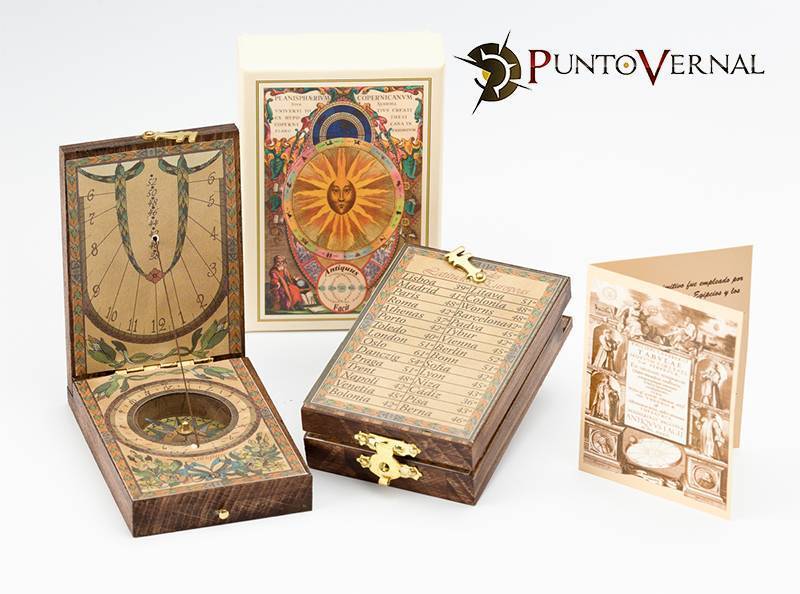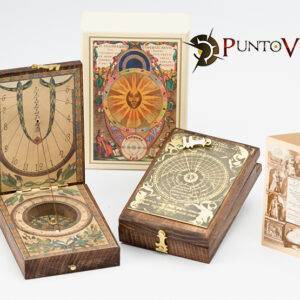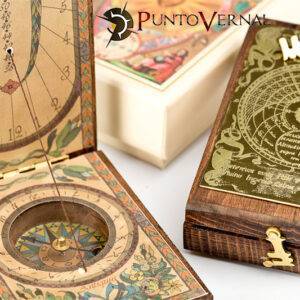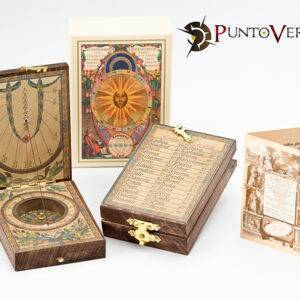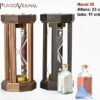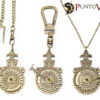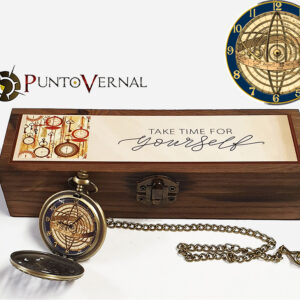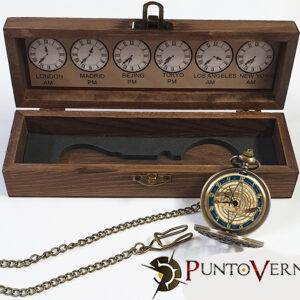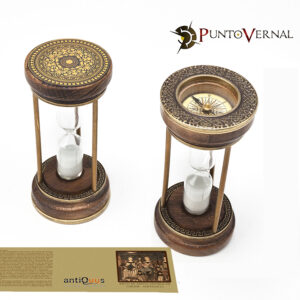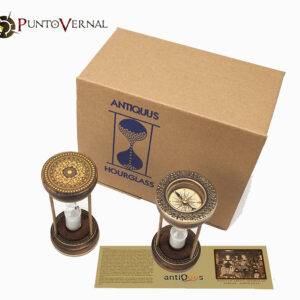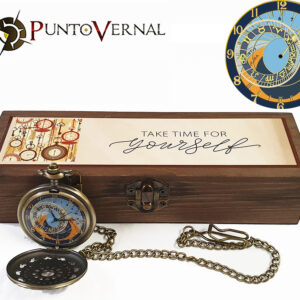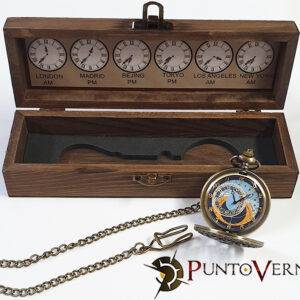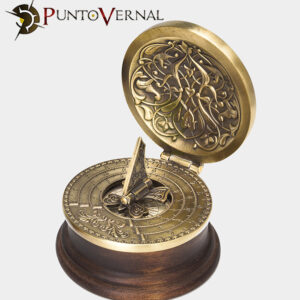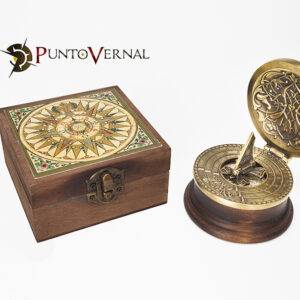NAVAL SUNDIAL
Naval sundial. Pocket sundials were widely used during the 15th and 16th centuries, especially for their portability. They were small sundials that were very easy to carry in any pocket (hence their name “pocket watch”)
As with almost everything, there were some with affordable prices for the most modest classes and authentic jewels in ivory, with inlays and damascening only affordable to the wealthiest classes, apart from more extensive applications, such as for example sundials with Italic and Babylonian hours, or of the equatorial type, there were also some with a small weather vane to measure the direction of the wind etc.
OPERATION
They were very easy to consult, since they simply had to match the north pole of the compass with the number 12 on the sundial, in this way the sundial was located on the north-south meridian of the place.
The shadow that the thread projected indicated the solar time. Also at that time there were appointments and meetings and, therefore, setting a time was also necessary, which these simple instruments allowed them to do.
This sundial is a reproduction of a sundial that is in the naval museum in Madrid; however, very similar examples can be found in many museums around the world, for example the British Museum, the naval museum in Greenwich and many more.
It is made of wood, hand polished with natural waxes and is presented in a beautiful gift box and is accompanied by a small booklet with the history of the sundial and its operating instructions.
It has two modalities depending on its cover:
– With a beautiful engraved brass plate that represents a magnetic astronomical clock designed by Athanasius Kircher.
-With a paper printout of a list indicating the different latitudes of the main European cities
Measurements:
Width: 5 cm
Length: 7.5 cm
Thickness: 2 cm
VAT INCLUDED
https://en.wikipedia.org/wiki/Sundial




